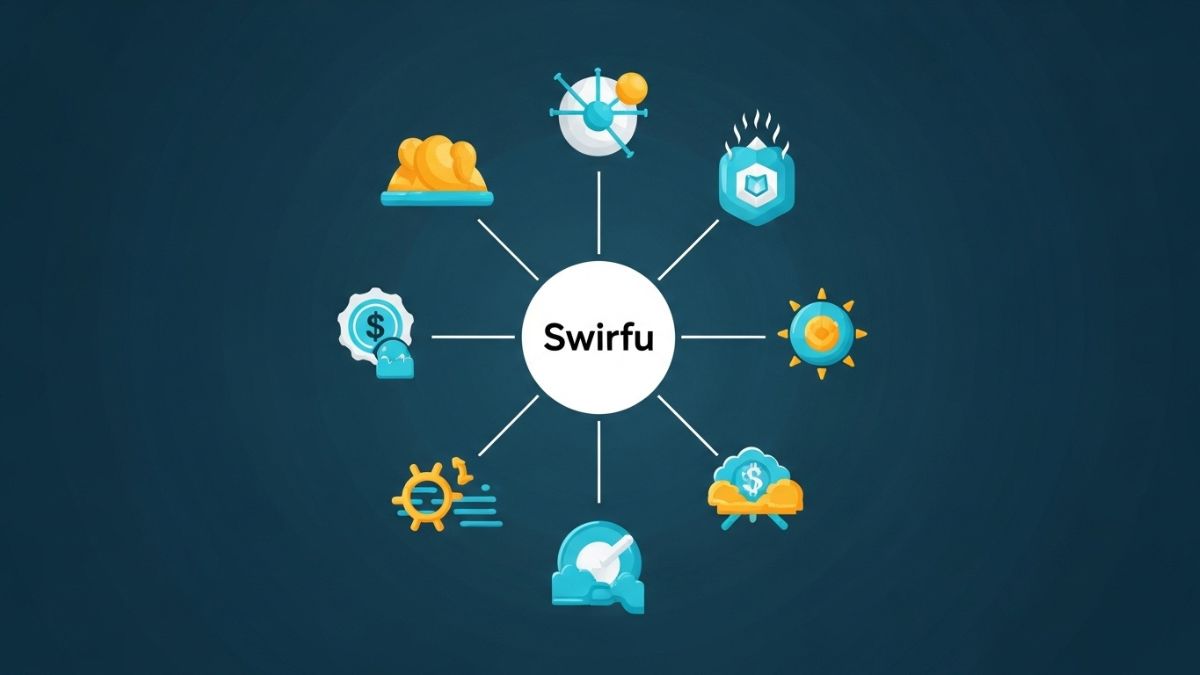Dispos, short for disposables, are single-use products designed for convenience and efficiency. They are widely used in various industries, including healthcare, food service, and personal hygiene. While they offer practicality, their environmental impact raises concerns about sustainability and waste management. This article explores dispos, their benefits, drawbacks, and how they influence our daily lives.
What Are Dispos?
Dispos refer to items meant for one-time use before being discarded. They are commonly found in medical supplies, food packaging, and hygiene products. These items are designed to reduce contamination, save time, and enhance convenience in everyday activities.
Common Types of Dispos
Disposable products come in many forms, each serving a specific purpose. Some of the most common types include:
Medical disposables – Gloves, syringes, masks, and bandages prevent the spread of infections.
Food packaging – Takeout containers, plastic cutlery, and paper cups make dining more convenient.
Personal hygiene products – Sanitary napkins, diapers, and wet wipes ensure cleanliness.
Industrial disposables – Protective gear, cleaning cloths, and disposable filters support workplace safety.
Benefits of Disposable Products
Dispos offer several advantages that make them popular across industries.
Convenience and Hygiene
Disposable items eliminate the need for cleaning and maintenance, ensuring hygiene in medical and food-related environments. They help prevent cross-contamination, making them essential in healthcare and food service settings.
Time-Saving Solution
Using dispos reduces time spent on washing and sterilizing reusable products. Businesses, hospitals, and households benefit from this efficiency, allowing them to focus on other important tasks.
Cost-Effective for Businesses
Many industries prefer dispos because they reduce the costs associated with washing, repairing, and replacing reusable items. Restaurants, for example, save on labor costs by using disposable cutlery and packaging.
Environmental Concerns of Disposable Products
Despite their benefits, dispos contribute to environmental pollution. Their production, usage, and disposal impact ecosystems and contribute to global waste problems.
Plastic Waste Accumulation
Many disposable items are made of plastic, which takes centuries to decompose. Single-use plastics fill landfills and pollute oceans, harming marine life and ecosystems.
Increased Carbon Footprint
The production of dispos requires energy and raw materials, leading to carbon emissions. Transportation and disposal also add to the environmental burden, increasing global warming concerns.
Limited Recycling Options
Some disposable products are difficult to recycle due to mixed materials. For instance, coffee cups lined with plastic cannot be processed easily, leading to landfill accumulation.
Sustainable Alternatives to Dispos
To reduce the environmental impact of dispos, many people are turning to eco-friendly alternatives.
Biodegradable Products
Items made from natural materials such as bamboo, cornstarch, and sugarcane decompose faster, reducing landfill waste.
Reusable Options
Cloth napkins, glass bottles, and metal straws offer long-term solutions that minimize waste. Businesses and consumers are increasingly adopting reusable alternatives.
Recycling and Composting
Proper disposal methods, including recycling and composting, can reduce the negative effects of dispos. Consumers should check packaging labels to determine the best way to discard used items.
Regulations and Policies on Dispos
Governments and organizations worldwide are implementing policies to control disposable waste.
Plastic Bans and Restrictions
Several countries have banned single-use plastics like straws and shopping bags to reduce pollution. Retailers are encouraged to offer sustainable packaging solutions.
Extended Producer Responsibility (EPR)
Companies producing disposable products are being held accountable for managing their waste. EPR policies require manufacturers to invest in recycling and sustainable disposal methods.
Public Awareness Campaigns
Education plays a crucial role in reducing disposable waste. Governments and environmental groups promote awareness about the impact of dispos and encourage responsible consumption.
The Future of Dispos
As sustainability becomes a global priority, the future of dispos lies in innovation and responsible consumption.
Advancements in Eco-Friendly Materials
Scientists and manufacturers are developing sustainable materials, such as edible packaging and plant-based plastics, to replace traditional dispos.
Consumer Behavior Shifts
More people are choosing reusable and biodegradable options, driving demand for sustainable products. Businesses are responding by offering greener alternatives.
Corporate Responsibility
Companies are adopting environmentally friendly practices by reducing packaging waste and using recycled materials. Brands that prioritize sustainability gain consumer trust and loyalty.
Conclusion
Dispos are convenient and widely used, but they also pose environmental challenges. While they offer hygiene and efficiency, their impact on the planet cannot be ignored. Choosing sustainable alternatives, supporting regulations, and adopting responsible consumption habits can help reduce disposable waste. The future of dispos depends on innovation and a collective effort toward a greener, cleaner world.
FAQs
What are the most commonly used disposable products?
The most common dispos include plastic cutlery, medical gloves, diapers, and food packaging.
How do dispos impact the environment?
They contribute to plastic pollution, increase landfill waste, and raise carbon emissions due to production and disposal.
What are some eco-friendly alternatives to dispos?
Biodegradable products, reusable containers, and compostable materials are sustainable options.
Are there regulations against disposable products?
Yes, many countries have banned single-use plastics and implemented recycling policies to manage waste.
How can consumers reduce their use of dispos?
By opting for reusable items, supporting sustainable brands, and properly recycling disposable products.











